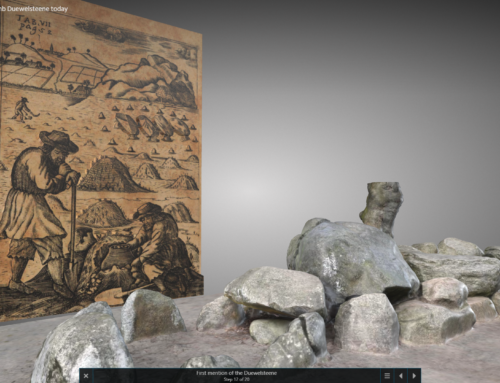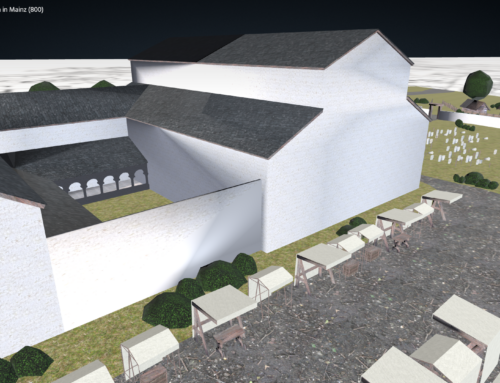The conceptual framework of PURE3D was presented by Costas Papadopoulos and Susan Schreibman at the DARIAH Virtual Annual Event 2020 (10th November 2020) under the title ‘Scholarly Primitives Reboot’ and received the Best Paper Award. You can read a short abstract of the presentation below:
When John Unsworth conceived of the idea of scholarly primitives, Digital Scholarly Editions (DSEs) were the preeminent form of digital scholarship. Predominantly text-based, with the vast majority using TEI-XML, these editions became exemplars of how scholarly primitives could function in a digital environment: from the Blake Archive’s comparing of different textual versions of book plates, to the Rosetti Archive’s annotating of Rosetti’s oeuvre, to The MacGreevy Archive a platform for discovery of a poet/literary critic’s work that was out of print. The goal of this presentation is to explore how well (or even if) the primitives can be used as a theoretical underpinning for scholarly editions in which the text(s) of the edition are represented in three dimensions.
3D DSEs are not inheritors to print-based editions (as first generation DSEs were), but might be thought of as assemblages, little machines of knowledge (Deleuze and Guattari, 1987, 4) in which texts are represented as open objects that can be read and understood through and by their means of production and reception, re-elevating the notion of scholarly primitives within these interlinked discourses which need not privilege the alphanumeric.
In 1999 (around the time Unsworth developed the notion of scholarly primitives) DF McKenzie enumerated the panoply of objects that could be open to the kinds of intensive bibliographical study (transmission, production, and reception) that textual scholars had traditionally reserved for print/manuscript traditions. The pan-glossary that the digital provides allows us to abstract the material medium of these objects to conceptual ones, representing any human activity, not only the artistic but the anthropologic. What is key, however, is not that the object ( what we are broadly calling the ‘text’), is digitised and distributed electronically, but that it exists within a knowledge site, eg: a Digital Scholarly Edition. Within this framework, we argue for the addition of three-dimensional (3D) (re)constructions of cultural heritage.
This paper will discuss the various forms of 3D representations: from schematic representations of buildings to photorealistic renderings and predictive simulations of ancient structures (see Dawson et al., 2007); and from spatial analysis (see Paliou et al. 2011) and physics simulations (see Oetelaar, 2016) to interactive virtual worlds utilising online platforms (see Sequiera and Morgado, 2013) and game engines (see the projects carried out as part of the Humanities Virtual Worlds Consortium – http://virtualworlds.etc.ucla.edu/).
In this paper we also present a framework wherein the 3D models and supporting evidence (textual, social, and historical) are gathered in the form of annotation (Gius and Jacke) 2017 and apparatus (Gabler, 2010, 44) in a knowledge site that encompasses within the same computational paradigm both the primary text and the material that informed the decisions in creating the text, thus providing the community which it serves a tool for ‘prying problems apart and opening up a new space for the extension of learning’ (Apollon et al., 2014, 5-6).





